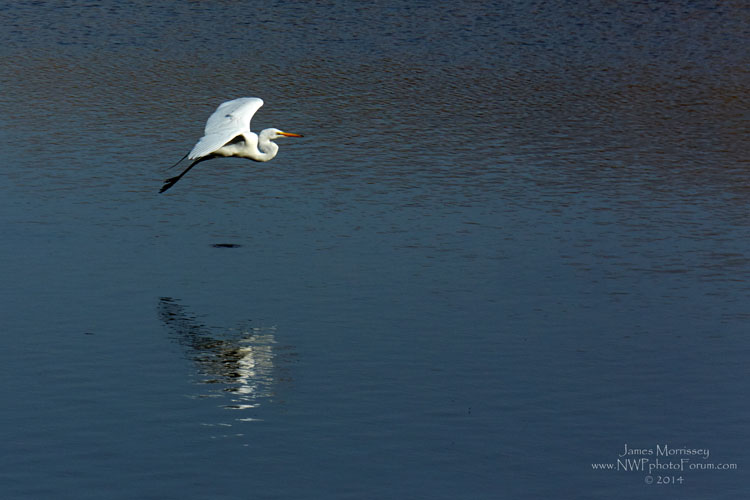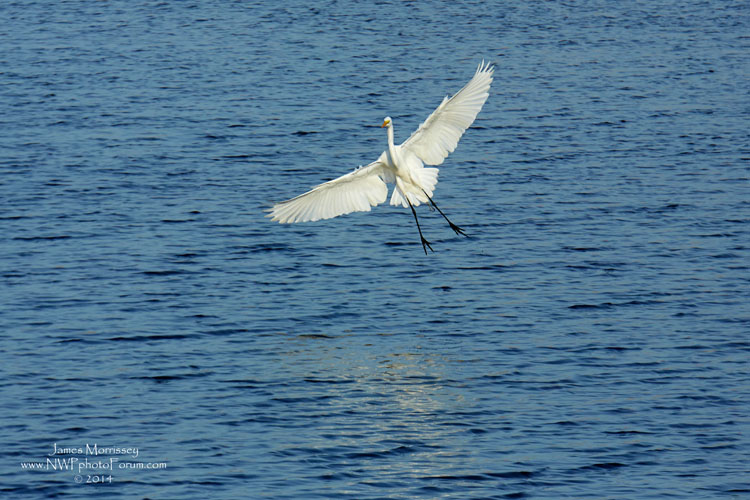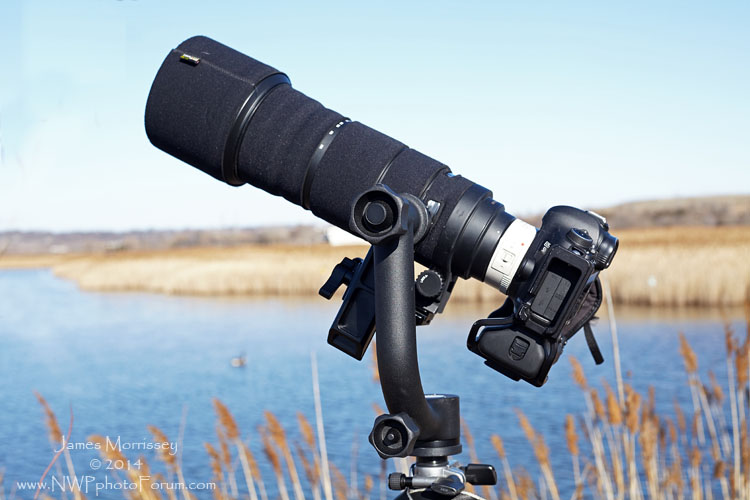**Note This Article was made possible by Hunts Photo and Video, who provided the gimbal tripod heads for review. If you are looking to buy a new head, I hope you will consider shopping at Hunts. Also, they have provided two promo code discounts for people interested in purchasing the heads reviewed in this article. The links and the promo codes are at the bottom of the article.**
Photographing with Gimbal Tripod Heads:
by James Morrissey
Big, fast lenses are an important part of most wildlife photographers arsenal. While most of us use ball heads on our tripods for our every day work, they are just not the best tools for photographing with heavy lenses that are 300mm or larger. They are just too big to move easily when trying to photograph objects that are moving quickly, such as birds in flight or other fast moving animals. This can cause frustration and many missed photographic opportunities. Gimbal Heads provide an excellent solution to this problem.

Is a Gimbal Head always better than a Ball Head when photographing with large lenses? Honestly, they both have strengths and weaknesses and you should use the right tool at the right time for you. For example, and this is assuming you are not dealing with a super telephoto lens, you can not beat the speed by which you can mount a lens on a ball head. If I were hiking out in the back country, I probably not want the weight of a Gimbal Head on my tripod. However, for most applications where I have a choice of a Gimbal and a Ball Head with a long, heavy lens, I usually prefer the Gimbal Head. The balance and control with a heavy lens is just superior.
Some might ask, why bother with the tripod at all? Why not just hand hold the camera and lens? Isn't a lens with Image Stabilization (or Vibration Reduction or Optical Stabilization) enough? Listen, I will never argue with success, and if a person can successfully handhold a pro level camera and 6+ pound lens and nail the subject time in and time out, then I am not talking to that person. I know that I cannot do it. For me, the Gimbal Head offers the best of both worlds. It offers the near flexibility of hand holding a camera and lens and the steadiness that only a tripod can ever provide.

For the purpose of this article, I am using my Sigma 120-300 F2.8 OS (
see review) lens and Canon EOS 5d Mark III (
see review). It has been one of the best lenses I have ever purchased and I use it frequently. However, at slightly over 6.5 pounds, it is significantly larger than a typical 300 prime (and almost as heavy as a 500 F4) and I found that I had trouble working with it quickly in the field. Incorporating a Gimbal Head has made a huge difference for me and I now find it much easier to photograph any fast moving action.



Tips and Tricks for Using a Gimbal Head:
1. Unless you are wedded to another system, I suggest looking for a gimbal head that uses Arca Swiss Plates. They are essentially the standard, and I believe that most photographers will be best off so that there is a seamless transition between tripod heads and plates.

2. Figure out the center of gravity for each lens. You can tell that you have gotten the center of gravity properly if you can let go of the lens and it goes nowhere - no matter which direction you have the camera in. When you touch the camera, the lens and body should move smoothly and with nearly no effort.


3. You may want to consider marking the foot so that you know exactly where the center of gravity is for that lens. This will make mounting the lens a snap each time.
4. When buying lens plates, consider purchasing longer plates than the foot of your tripod head. This will give you more freedom in figuring out where to slide the lens in order to find center of gravity. This is particularly helpful if you are adding teleconverters.

5. Always make sure your tripod is level. While the head can be adjusted to make the tripod level, it is important to remember that the head and the tripod work hand and hand. When photographing with large lenses, balance is everything and the weakest part of the chain is what will always give out.

Choosing a Gimbal Head:
There are a wide range of gimbal heads available on the market at a variety of different price points. So the question you might ask is which is the right one for you? Our friends at Hunts Photo have sent us two Gimbal Heads to test out at two spectrums of the market: The Promaster GH-10 (link) and the Induro GHB2 (link).
The Promaster Gh-10
Specs:
Maximum Vertical Working Height: 8 Inches/20.4 cm
Minimum Vertical Working Heights: 4.5 Inches/11.5 cm
Maximum Load: 26 Pounds (12 kg)
Panning Lock: Yes
Panning Range: 360 Degrees
Height Adjustable Platform and Scale: Yes.
Quick Release Plate Type: Arca Swiss Plate
Weight: 1lb, 15 oz
Base Mount Thread: 3/8"
Warranty: 1 Year



The Promaster GH-10 is a well designed entry priced gimbal head that packs in a lot of performance. I have used this head side by side with the Induro GHB2 for the last few weeks photographing birds at the local wildlife refuge. Things I like: 1. The head effectively holds my Sigma 120-300 F2.8 OS and Canon EOS 5d Mark III. 2. At just shy of 2 pounds, it is relatively light weight and easily portable in my backpack. 3. I really like the fact that both the base and the Vertical Adjustment Rail have degree measurements on it. 4. It has a compass - which is a fun aesthetic. 5. I like the foam protector on the gimbal head, making it easier to hold in the cold. Things that could use improvement? 1. The movement is no where near as smooth as the Induro.
When I first started writing this 'review,' I likened the Promaster as having met my '90% rule.' i.e. that it did exactly what I wanted 90% of the time. In reflection, I think that is not fair. The truth is that it did everything I asked it to do 100% of the time. It is just not quite as smooth and sophisticated as the Induro. I believe that for people who are not porting super telephotos and are looking to get a good quality product at a very affordable price point that this is for them.
Induro GHB2:
Specs:
Maximum Load: Not specified, but reports lenses up to 800mm
Height: 9.5 in (241 mm)
Width Including Handles: 9.5 in (242 mm)
Panning Range: 360 Degrees
Panning Lock: Yes
Height Adjustable Platform and Scale: Yes
Quick Release Plate: Dovetail (Arca-Swiss Compatible)
Base Mount Thread: 3/8"-16
Weight: 3.2 lbs (1.5 kg)
Warranty: 5 years



OK, so as you can tell, I really liked the affordable Promaster. So why should anyone consider paying 3x the amount for the Induro GBH2? Short and sweet, the GBH2 is a professional product. It excels in all of the detail areas that you would expect in a quality product. First things first, it is built like a tank. It is obviously designed for the biggest of lenses. Second, the action on it is just amazing. It glides effortlessly from point a to point b. Third, the rubberized knobs are all over-sized, making them easier to tighten down as well as being graspable with a pair of gloves. Outside of its weight, there was nothing I could quibble about. It did everything I needed it to do with ease.
So which one is right for you? That is up to you to figure out, I am afraid. I think that when buying photo gear that you should purchase the best that you can afford - and no more. If you cannot afford the Induro now, the Promaster will probably do just fine until you can afford the higher end model.
As an exclusive for members of our community, Hunts Photo and Video have provided significant promotional discounts on the two Gimbal heads that were provided for this review:
$30 off Promaster GH-10 Professional Gimbal Head (Approximately 20% off)
coupon code: 30GIMBAL
direct link:
https://www.huntsphotoandvideo.com/detai...amp;SP=30GIMBAL15% discount on All Induro Gimbal Heads:
coupon code: 15GIMBAL
direct link:
https://www.huntsphotoandvideo.com/search_link.cfm?sid=298&skey=40007017&SP=15GIMBAL